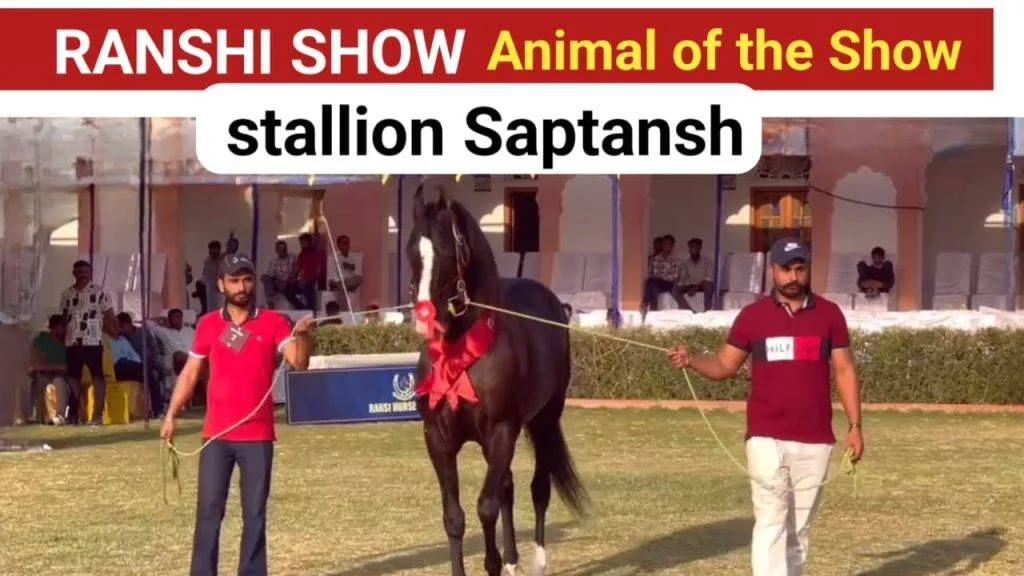It’s every horse owner’s nightmare — your horse gets loose. Maybe the gate wasn’t latched, a fence broke, or your horse slipped away during loading or turnout. Whatever the cause, seeing your horse run free can be both scary and dangerous.
Loose horses can injure themselves, damage property, or even cause traffic accidents if they reach a road. The good news is, with a clear plan and calm actions, you can safely get your horse back.
Here’s everything you need to know about what to do if your horse gets loose — and how to prevent it from happening in the first place.
Step 1: Stay Calm and Assess the Situation
Your first instinct might be to chase your horse, yell, or panic — but that can make things worse. Horses are flight animals. If they sense fear or excitement, they’ll likely run farther or faster.
Instead, take a deep breath and quickly assess:
- Where is the horse heading?
- Are there hazards nearby (roads, ditches, other animals)?
- Are they panicked or calmly walking?
- Are they still in a fenced area, or totally loose?
Staying calm helps you think clearly and keeps your horse from getting more nervous.
Step 2: Approach Slowly and Quietly
If your horse is still nearby, move slowly and don’t chase them. Try one of these strategies:
- Call their name in a calm, friendly voice.
- Use a treat, grain bucket, or favorite sound (like shaking a feed can).
- Avoid direct eye contact — approach with a sideways posture, like another horse would.
- Show a lead rope or halter if they’re used to it — but don’t rush.
Many horses will stop if they realize you’re not threatening and have something they want.
Step 3: Get Help If You Can
If others are around, ask for help:
- Block exits or roads with people or vehicles.
- Alert nearby drivers if you’re near a road.
- Have someone bring a bucket, halter, or even another horse to help lure them back.
If your horse is running, a “herd instinct” can work in your favor — they may come back if they see other horses.
Step 4: Create a Safe Space to Catch Them
If your horse won’t come to you, try guiding them into a smaller area, like a paddock, round pen, or barn aisle. Avoid cornering them or pressuring too much — that can cause panic.
Once they’re in a smaller space, approach slowly again with calm body language and your halter ready.
If they’re too panicked to catch, give them a moment to settle, then try again.
Step 5: If Your Horse Reaches a Road
This is the most dangerous situation. Here’s what to do:
- Call emergency services (like police or animal control) immediately.
- Alert nearby traffic with flags, flashlights, or by waving your arms (only if it’s safe).
- Try to herd them away from the road, ideally toward a gate or fence line.
Never risk your own safety in traffic — let professionals help if needed.
Step 6: Check for Injuries
Once your horse is caught, bring them to a quiet place. Look them over carefully for:
- Cuts, scrapes, or bruises
- Swelling or limping
- Signs of stress or overheating
Even if they seem okay, monitor them for a few days. If there’s any doubt, call your vet to be safe.
How to Prevent Your Horse From Getting Loose
While accidents happen, many escapes can be prevented. Here are some tips to keep your horse secure:
1. Check Fences Regularly
Look for loose boards, broken wires, or low spots where horses can lean over or jump.
2. Latch Gates Properly
Use double chains, locking latches, or carabiners — especially for horses who are escape artists.
3. Train for Safe Handling
Teach your horse to stand still when haltered, loaded, or groomed. A respectful horse is easier to manage if they spook.
4. Use Feed Buckets Wisely
If your horse gets loose often, train them to come to a feed bucket on cue — it can be a lifesaver.
5. Practice Emergency Recall
Some owners train their horses to come when called, using a whistle, bell, or verbal cue. This can work wonders in emergencies.
6. Keep ID on Your Horse
Use a halter tag, microchip, or freeze brand so your horse can be identified quickly if they wander far.
Final Thoughts: Be Prepared, Stay Calm, Act Fast
A loose horse is a serious situation — but with the right response, you can safely get them back and avoid injury. Stay calm, call for help if needed, and always approach your horse with patience and confidence.
Most importantly, take steps to prevent escapes in the first place. A little preparation goes a long way in keeping your horse (and you) safe.




